Roofs with a low slope and a pitch are perfect for ceramic roof tiles, often known as clay roof coating. These roof tile variants are widely used as a decorative element on a number of construction projects, including façades.
ceramic tiles
As they are available in a broad variety of forms and patterns, ceramic tiles may compliment any architectural style. Clay or ceramic roof tiles are available in a range of aesthetic colors, from light to dark to variegated tones, making it easy to match the roof color to the outside hues. A common advantage of clay roof tiles is that they raise the value of a structure as well as being water-resistant. This roofing design sells buildings more rapidly and profitably than other styles.  Ceramic roof tiles are more durable than any other roofing material and have the lowest life cycle cost. Due to its great fire resistance, clay roof shingles are an especially popular alternative. Due to its water-repellent exterior, which provides an extra layer of resistance, ceramic tiles are not seriously endangered by severe weather. As a roofing material, ceramic tile is also highly recommended given its environmental qualities. Clay tiles are produced without the use of any chemical preservatives, making them extremely environmentally friendly. Clay roof tiles offer a 70% reduction in reflectivity and heat transfer when compared to other roofing materials. Ceramic roof systems’ natural air ventilation produces a heat transfer barrier that promotes the free circulation of natural air within a structure. High energy efficiency also yields significant savings on heating expenditures. Additionally, ceramic roof tiles are simple to install, simple to maintain, quick to drain water, and have a distinct look and texture.
Ceramic roof tiles are more durable than any other roofing material and have the lowest life cycle cost. Due to its great fire resistance, clay roof shingles are an especially popular alternative. Due to its water-repellent exterior, which provides an extra layer of resistance, ceramic tiles are not seriously endangered by severe weather. As a roofing material, ceramic tile is also highly recommended given its environmental qualities. Clay tiles are produced without the use of any chemical preservatives, making them extremely environmentally friendly. Clay roof tiles offer a 70% reduction in reflectivity and heat transfer when compared to other roofing materials. Ceramic roof systems’ natural air ventilation produces a heat transfer barrier that promotes the free circulation of natural air within a structure. High energy efficiency also yields significant savings on heating expenditures. Additionally, ceramic roof tiles are simple to install, simple to maintain, quick to drain water, and have a distinct look and texture. 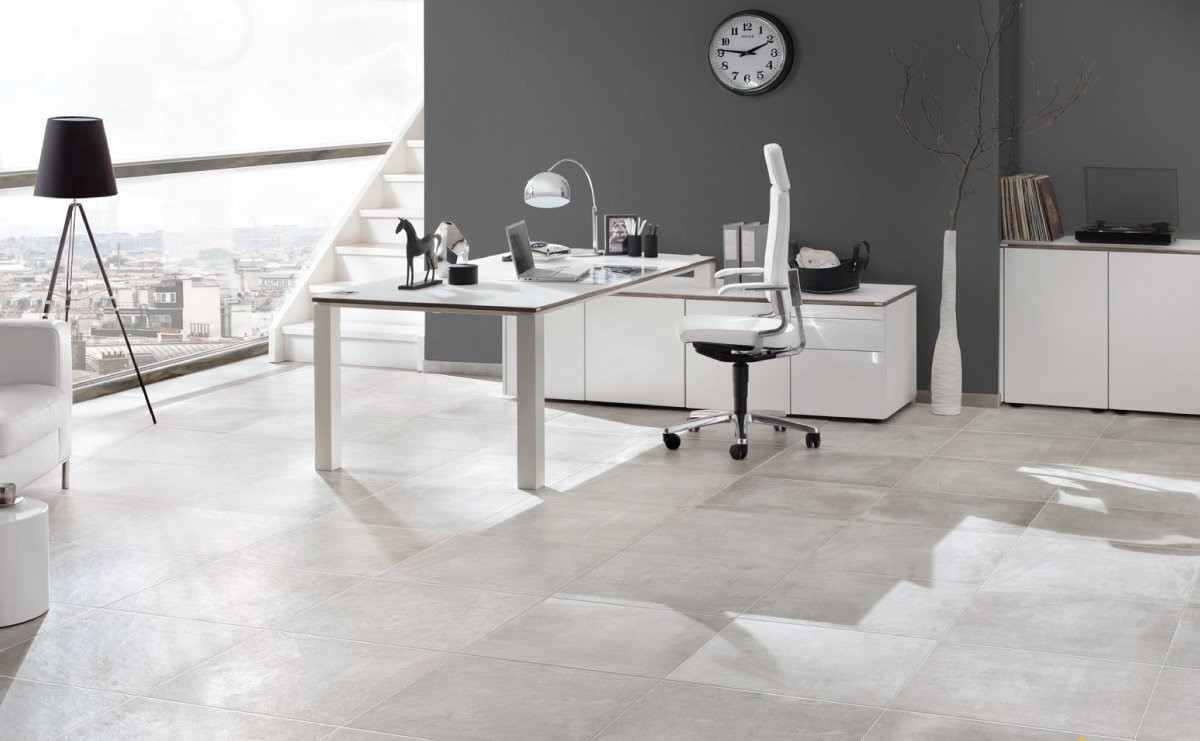
ceramic tiles design
After installing tile, you will never need to install another roofing material again. In any event, the majority of manufacturers provide a 50-year warranty. Since they are composed of earth minerals and not synthetic materials, roof tiles may be broken and recycled after they are removed. The considerable thermal mass of 3 Tiles helps to regulate internal temperature. Slate, clay, and concrete tiles are available in a vast array of colors and patterns to compliment classic to contemporary European homes. Certain styles even resemble traditional shingles or wood shakes. There are several varieties of clay and concrete tiles to accommodate any aesthetic goal. Standard Southwest roofing material is Spanish tiles that resemble rows of lapping waves with troughs between the rows to collect rainfall. They function well in regions where rainfall is infrequent but intense when it does occur. This pattern is available in clay, terra cotta, and concrete tiles. Similar to Scandinavian tiles are inverted Spanish tiles.
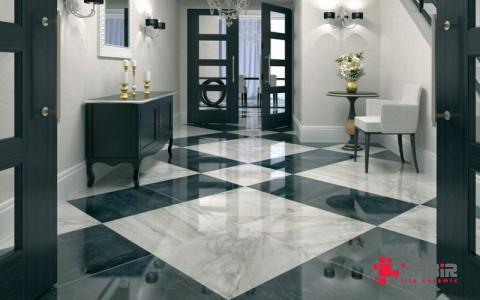
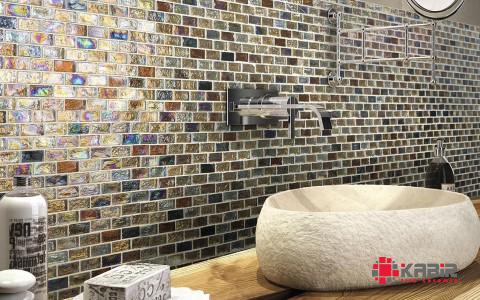

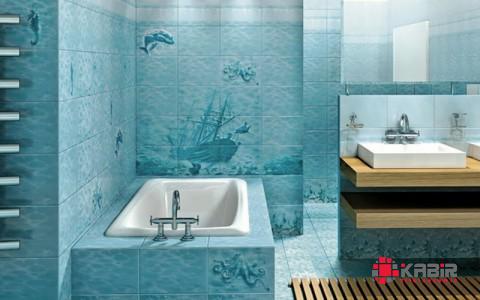
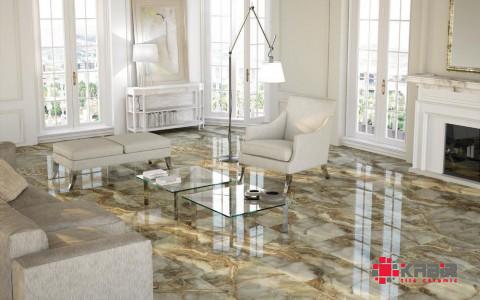
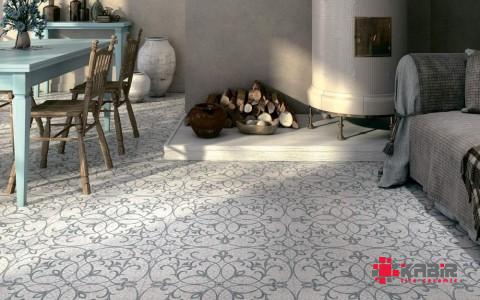
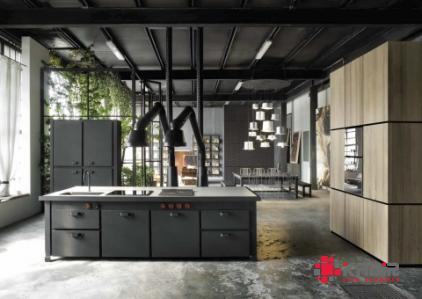
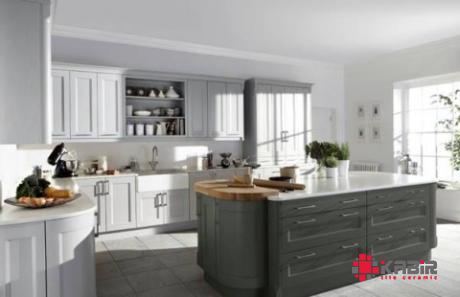
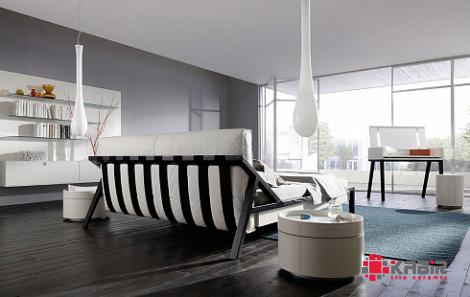
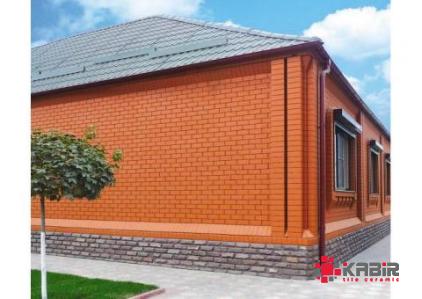
Your comment submitted.